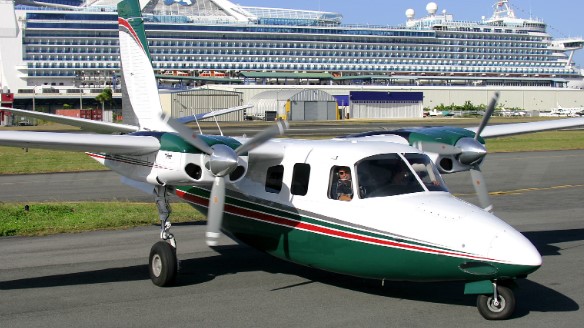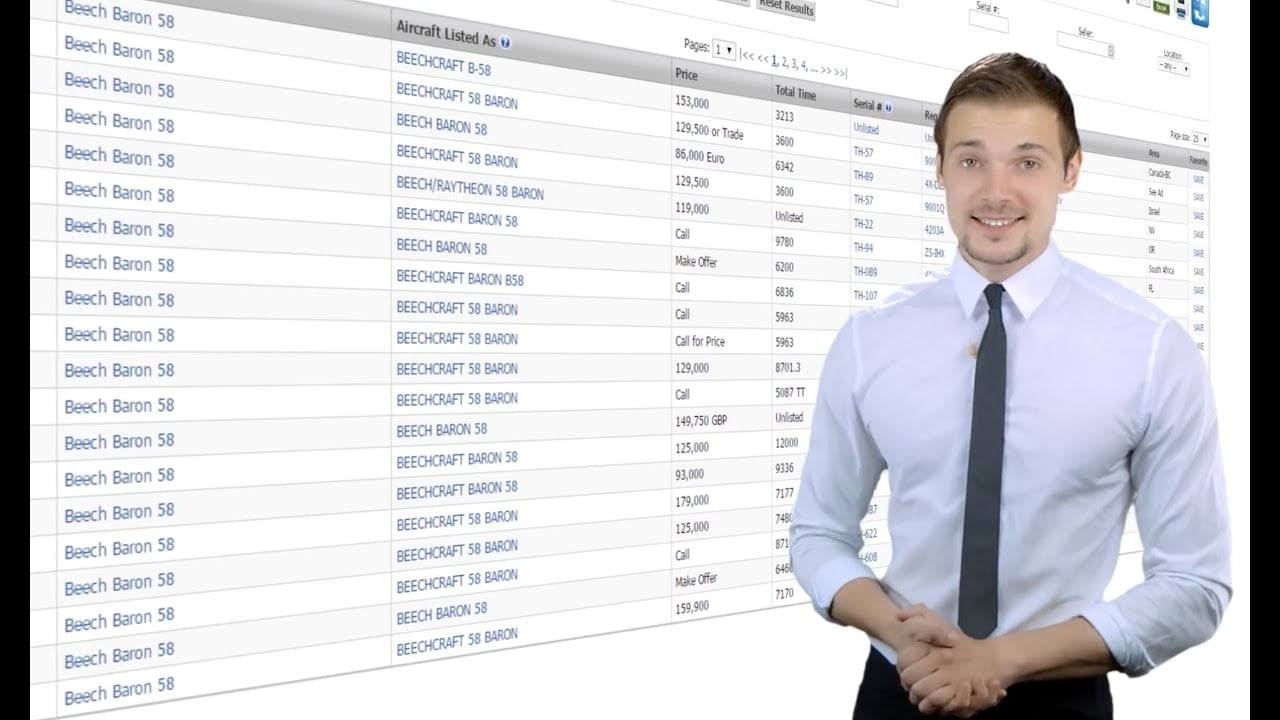
The Soaring Legacy of the Commander 500: A Tribute to a Marvel of Aviation
The world of aviation is packed with phenomenal aircraft, but few have captivated enthusiasts, pilots, and operators like the Commander 500. This legendary aircraft, known for its outstanding performance, comfort, and dependability, has a fascinating backstory worth exploring.
HISTORY
The Commander 500 was introduced by the Aero Design and Engineering Company, which later became part of the Rockwell International Corporation. Its initial roll-out occurred in 1958, with the objective of providing a twin-engine, propeller-driven aircraft suitable for both private and business applications.
Over the years, the Commander 500 has undergone a series of transformations, with each generation being an improvement on the last. It marked its golden jubilee in 2008, a testament to its robust design and timeless appeal.
DESIGN
The Commander 500 is an aesthetically pleasing and functionally efficient aircraft. It's approximately 35 feet in length, has a wingspan of about 45 feet, and weighs roughly 5,500 pounds when fully loaded. The aircraft's sleek design can comfortably accommodate up to 5 passengers, making it perfect for private or small business use.
PERFORMANCE
The Commander 500's performance characteristics are what truly sets it apart. The aircraft has a top speed of nearly 230 miles per hour and a maximum range of about 1,000 miles, depending on the specific variant and loadout. It can cruise at altitudes of up to 22,000 feet, while also being impressively fuel-efficient for an aircraft of its class.
TECHNOLOGY
Over the years, the Commander 500 has been equipped with innovative technologies to enhance its capabilities. From advanced avionics suites to high-performance piston engines and modern safety systems, the Commander 500 is packed with features that offer a superior flight experience.
VARIANTS
There are several variants of the Commander 500, each designed for specific uses. The Commander 520 was the initial variant, followed by the turbocharged 560, the 560A with increased fuel capacity, and the 560F with even further enhancements. The 500S Shrike Commander, arguably the most famous variant, became iconic thanks to its use by notable figures such as Evel Knievel and Bob Hoover.
OPERATORS
The Commander 500 and its variants have been utilized by a wide range of operators, including private individuals, corporations, and government agencies. Notably, the US Coast Guard used the Turbo Commander variant for search and rescue operations, while various flight schools have used the Commander 500 for advanced twin-engine training.
In conclusion, the Commander 500 has cemented its place in aviation history through its performance, innovative design, and versatility. It serves as a fascinating case study of how an aircraft can evolve over time to meet changing needs and technological advances.
If you enjoyed reading about the Commander 500, feel free to share this post with fellow aviation enthusiasts.
Specifications and Performance Data
| Aspect | Details |
|---|---|
| Manufacturer | Aero Design and Engineering Company / Rockwell International |
| Introduction Year | 1958 |
| Length | 35 feet |
| Wingspan | 45 feet |
| Weight | Approximately 5,500 pounds (fully loaded) |
| Passenger Capacity | Up to 5 |
| Top Speed | ~230 mph |
| Range | ~1,000 miles |
| Maximum Altitude | 22,000 feet |
| Fuel Efficiency | High (for its class) |
| Notable Variants | 520, 560, 560A, 560F, 500S Shrike Commander |
Remember, the specific performance data can vary slightly based on the variant of the Commander 500 and the specific conditions under which it is operated.
This article uses material from various web resources and Wikipedia article, released under the Creative Commons Attribution-Share-Alike License 3.0.

